PPT-Leadership and Change Dr. Susan Cramer
Author : lindsaybiker | Published Date : 2020-10-01
EdL 714 Leadership for Curriculum Development Rogers Adoption and Diffusion of Innovations httpwwwvaluebasedmanagementnetmethodsrogersinnovationadoptioncurvehtml
Presentation Embed Code
Download Presentation
Download Presentation The PPT/PDF document "Leadership and Change Dr. Susan Cramer" is the property of its rightful owner. Permission is granted to download and print the materials on this website for personal, non-commercial use only, and to display it on your personal computer provided you do not modify the materials and that you retain all copyright notices contained in the materials. By downloading content from our website, you accept the terms of this agreement.
Leadership and Change Dr. Susan Cramer: Transcript
Download Rules Of Document
"Leadership and Change Dr. Susan Cramer"The content belongs to its owner. You may download and print it for personal use, without modification, and keep all copyright notices. By downloading, you agree to these terms.
Related Documents

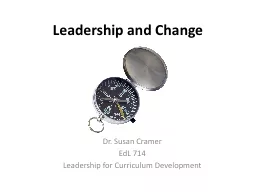
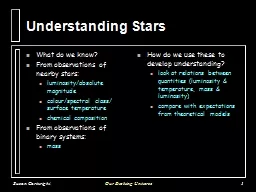
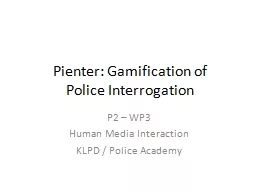

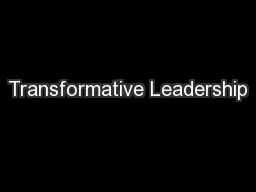
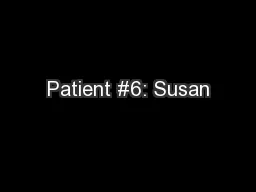
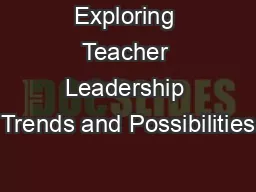
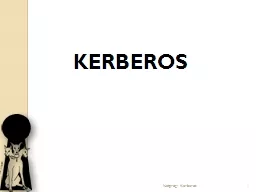
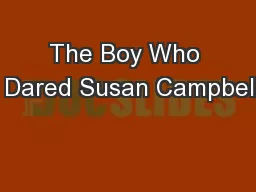
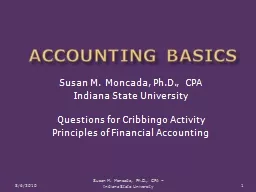



![READ [PDF] Leadership and Training for the Fight: A Few Thoughts on Leadership and](https://thumbs.docslides.com/1019111/read-pdf-leadership-and-training-for-the-fight-a-few-thoughts-on-leadership-and.jpg)